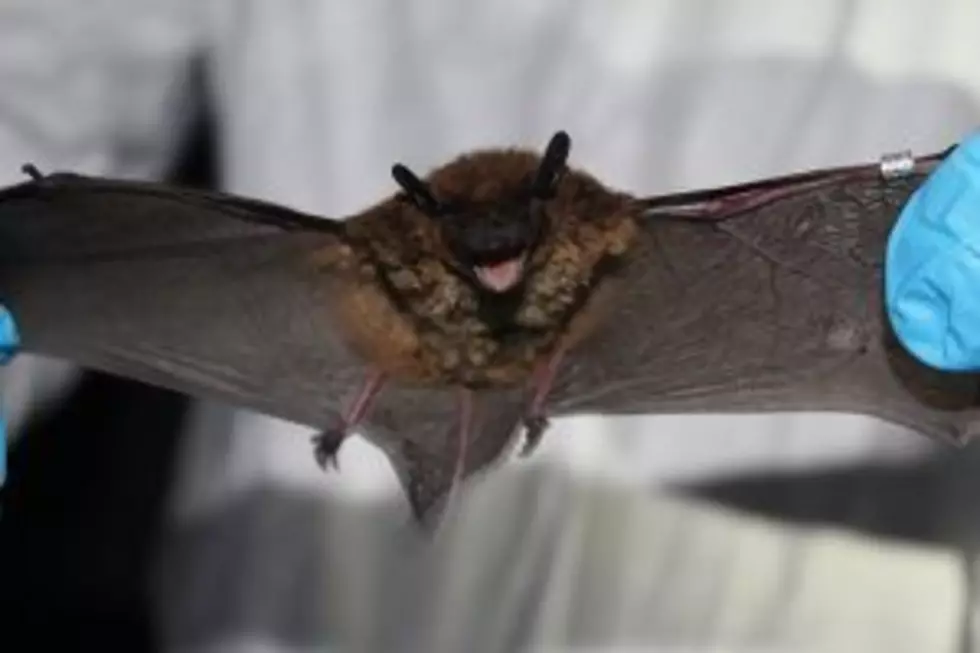
Minnesota Biologist Track Fungus Spreading Among Bats
CALEDONIA (AP) — Minnesota wildlife officials are having trouble catching enough specimens for their study of the declining population of the federally threatened northern long-ear bat.
The number of the bats in Minnesota has seen a steep decline due to white-nose syndrome, a fungus spreading among bats throughout the U.S.
Biologists and staff from the Minnesota Department of Natural Resources have placed nets in multiple wildlife areas in the hopes of catching the bats to place radio trackers on females to determine where they roost.
Learning where bats roost for the summer could assist officials in determining what areas need protection to slow the species decline.
The fungus was first confirmed in the state's bat populations at Lake Vermillion in the winter of 2015-2016.
More From AM 1240 WJON









